 TYPES OF LIGHTS + METERS
TYPES OF LIGHTS + METERS
Hey FashionPhotographyBlog.com readers! Welcome back.
Now that you know different sources of lights that can be used, today we’ll cover the ways in which they can be set up.
TYPES OF LIGHTS
“Key” light is the main light source and generally the brightest.
“Fill” is used to brighten shadows and does bit create a secondary shadow and is generally a diffused source. (Avoid a secondary shadow at all costs! This is the sign of an amateur photographer.)
“Background” lights are used to illuminate the background and aid in separating the subject. They can provide a sense of depth.
“Hair” light is typically overhead and slightly behind a subject. It’s a separation light which only hits the top of the head.

“Kickers” are lights that help separate the subject from the background. Kickers are also known as “Accent,” “Rim” and “Edge” lights.

No Kicker vs. Kicker – This is a more obvious example. Kickers can be use more subtlety.
“Rim” lights are pretty self explanatory. They hit the rim of the subject to serve as a separator from the background.

Rim Lighting
TYPES OF METERS
Reflective Meters are the types of meters build right into your camera. How do they work? Reflective meters measure the light that is reflected back into them. These types of meters take an average reading of the scene and meter for “middle grey.” Be aware of this when using the meter built into your camera (or a reflective meter) to meter a scene!
Experiment: Using a reflective meter, take a photograph of a black card, take a photograph of a white card and take a photograph of a grey card. You’ll notice that all the images essentially come out grey- the black will be over exposed and the white will be under exposed.
The following information and pictures are from Scantips.com

Three cards, f/8, 1/1250 second Nearly exactly Sunny 16

Black card, f/8 1/200 second (result is not black) Result is 2.3 stops overexposed, from first one.

White card, f/8 1/5000 second (result is not white) Result is two stops underexposed, from first one.

18% gray card, f/8 1/800 second Result is 1/3 stop over first one.
Incident Meters are the type professionals typically use. They’re handheld meters which are held at the subject (not at the camera, like reflective meters) and measure the amount of light that falls on to the subject. These are much more accurate than reflective meters and are easiest to use in studio.

The Sekonic L-358 is one of the most commonly used incident meters.
They also come with an attachment to use it as a reflective meter.
Hang tight for tomorrow where we’ll cover different types of lighting modifiers.
See ya tomorrow-
Alana
IMAGE SOURCE:
Feature image & image 1: photography by Alana Tyler Slutsky from her Surrealia series. To view the rest of the photos from this series visit her website.
Image 3: StackExchange.com
Image 2, 4 & 9: Alana Tyler Slutsky
Image 5-8: Scantips.com

Fashion Photography Blog


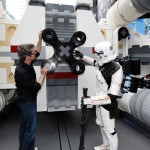
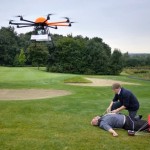
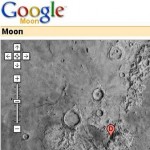




 TYPES OF LIGHTS + METERS
TYPES OF LIGHTS + METERS















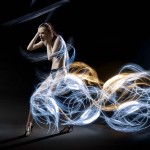
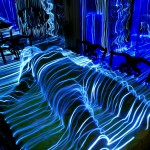
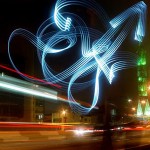

You must be logged in to post a comment.